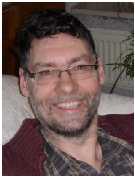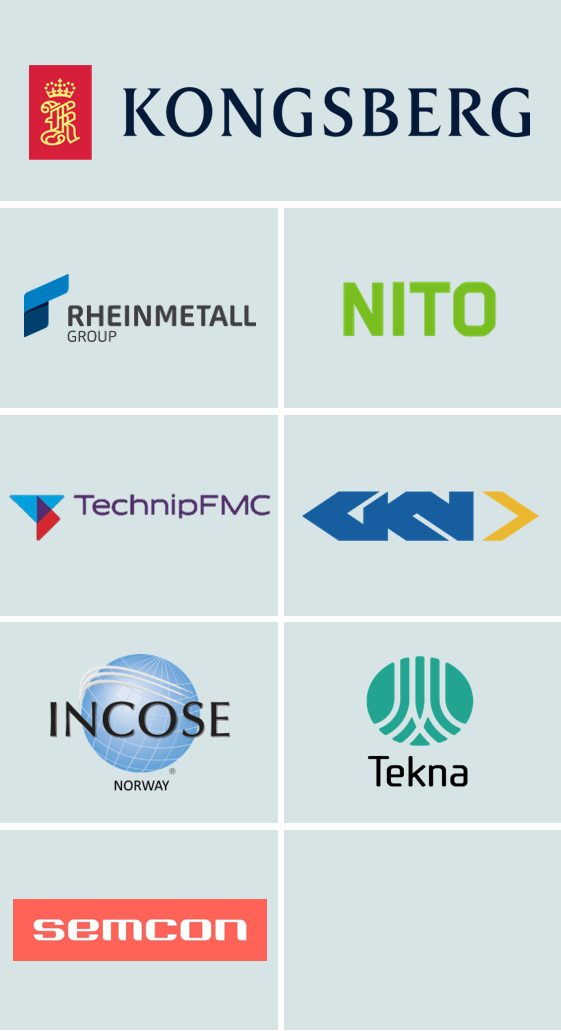Pictures from our previous KSE event in 2009.
KSEE 2009 Archive
2009: Multidisciplinary Co-operation – Should we go UP or DOWN?, Maarten Bonnema
There is an inherent conflict in complex system design. This conflict relates to the information depth and width that occurs. Complex systems by definition incorporate many subsystems that generally span several engineering domains. Also, there are several hierarchical layers to split a design in work packages that can be handled by single designers.
It is impossible for a human to know everything of such a system. This is where the system architect, or system designer comes in. He should have a broad view on the system, and sufficient in-depth information. With this information, the specialist designers are steered and monitored. On the other side, the system designer has to meet the customer’s needs.
In the presentation a few approaches are treated that help to handle the large size of information in such a way that the interests of the customer, the specialist designer and the system designer are met. These approaches include linking types of models, and using a higher level model that bases on functions, key drivers and system budgets
G Maarten Bonnema,
Abstract of presentation at KSEE 2009
2009: Systems Engineering and Corporate Social Responsibility, Annik Magerholmm
The presentation will point out some of the sustainability challenges business are facing in the context of globalization. Corporate Social Responsibility (CSR) is often defined as the business’ answer to environmental, economic and social challenges – the triple bottom line challenges. With the corporate focus changing from the traditional site-based concerns to a concern for the entire value chain of products and services there is a need to apply new methodologies and standards. Input-output analyses and environmental management standards have been in use for some years and businesses are becoming familiar with these tools. Waste management systems and energy saving programs are examples of these. However, when the business responsibilities widen to larger systems involving different actors along the product value chain, businesses are meeting new challenges regarding the way they are able to communicate their performance, both on the managerial level and about their products and services. A further challenge is how to communicate this downstream and at the same time require the same information from upstream sources. Tools for life cycle evaluation and guidelines on sustainability reporting and product declarations are already available and in use in larger companies. Smaller companies are still struggling with how to find the best ways for communicating their performances relative to the triple bottom line.
The presentation will demonstrate how systems engineering can be used as an approach to gather the needed information for this communication. It will further illustrate how companies can use systems engineering as an approach to identify their CSR-challenges, to address their CSR-aspects as part of their management systems, to include CSR in goals and plans, and how to use systems engineering to improve their CSR-strategies.
Annik Magerholm Fet, PhD, Professor NTNU
2009: 10 Suggested Principles for Human Factors Systems Engineering, Tom Gilb
1.Usability can be ‘engineered’ into systems.
2.Usability can be quantified.
3.Usability requirements can be quantified
4.Usability design and architecture can be quantified, estimated and measured
5.Usability levels can be measured and tested
6.Usability can be delivered incrementally
7.Usability needs depend on many parameters
8.Usability must be architected, not hacked
9.Usability must be led and driven by management as a top level requirement
10.Usability is a systems engineering discipline
Software Engineer, teacher, consultant and writer
Tom Gilb was born in Pasadena in 1940, emigrated to London 1956, and to Norway 1958, where he joined IBM for 5 years, and where he resides, and works, when not travelling extensively. He has mainly worked within the software engineering community, but since 1983 with Corporate Top Management problems, and since 1988 with large-scale systems engineering (Aircraft, Telecoms and Electronics).
He is an independent teacher, consultant and writer. He has published nine books, including the early coining of the term “Software Metrics” (1976) which is the recognized foundation ideas for IBM CMM/SEI CMM/CMMI Level 4. He wrote “Principles of Software Engineering Management” (1988, in 20th printing), and “Software Inspection” (1993, about 14th printing). Both titles are really systems engineering books in software disguise. His latest book is ‘Competitive Engineering: A Handbook for Systems Engineering, Requirements Engineering, and Software Engineering Management Using Planguage’, published by Elsevier, Summer 2005.
He is a frequent keynote speaker, invited speaker, panelist, and tutorial speaker at international conferences. He has published hundreds of papers. One paper (Laws of Unreliability, Datamation, March 1975) gave his Laws of Unreliability (over 22,000 Google hits). He has guest lectured at many dozens of universities (including U. C. Berkeley, Stanford, Seattle University, London School of Economics, University of Middlesex, University of Oslo, Technical University of Trondheim, TU Munich, Tampere and Helsinki Technical Universities, University of San Luis Obisbo, and The International Institute of Information Technology IIIT Bangalore, and many others).
He is recognized as the founder or major driver of several technical disciplines such as ‘software metrics’ and ‘evolutionary project management’, as well as being an innovative pioneer in Inspections, and the inventor of the planning language Planguage. He is directly recognized as the idea source for parts of the Agile and Extreme programming methods (primarily the incremental cycles). Tom and Kai have recently developed their own Agile Inspections and Agile Evolutionary Project Management processes, that are being successfully used by clients.
He consults and teaches in partnership with his son Kai Gilb, worldwide. He happily contributes teaching and consulting pro bono to developing countries (India, China, Russia for example), to Defense Organizations (UK, USA, Norway, NATO) and to charities (Norwegian Christian Aid and others).
He enjoys giving time to anyone, especially students, writers, consultants and teachers, who are interested in his ideas – or who have some good ideas of their own. He is a member of INCOSE (www.incose.org).
His methods are widely and officially adopted by many organizations such as IBM, Nokia, Ericsson, HP, Intel, Citigroup – and many other large and small organizations
Tom Gilb
tom@gilb.com
www.Gilb.com
2009: Understanding the Human Factor, Gerrit Muller
Frameworks offer many representations to visualize views. Unfortunately, many of these representations focus more on being complete and precise, rather than being understandable. Many of the stakeholders do insufficiently understand these representations. The designers at the same time do insufficiently understand the human factors in the system context, since most of these have been abstracted away.
We show that simple diagrams in, for instance, space and time help to bridge these two worlds and help both stakeholders and designers. We will illustrate this by examples from Magnetic Resonance Imaging.
Gerrit Muller
2009 Best Student Paper: Technological Mapping and Front-end Engineering Processes, Dag Jostein
As a part of my master project in systems engineering I was investigating the front-end engineering process which includes need analysis, stakeholder identification, stakeholder requirements, concept generation and the concept selection phase. The purpose of my paper was to show a concept selection process that can be implemented in the engineering process used within FCM Technologies. As a case study it has been investigated how concepts for a new connector can be developed. The connector is used for electrical power and control between two assemblies in the subsea production system. Methods like Technological Roadmapping, Interviews and Pugh matrix are used during this process. Technology Roadmapping is a technique that provides a form of technology planning which is useful in dealing with increasingly competitive environments. Technology Roadmapping should be utilized to establish a benchmark of engineering complexity and development to produce the optimum solution. The proposal for the front-end engineering process was found to be adaptable in different levels of technology development.
Dag Jostein
Gerrit Muller, PhD.
 KSEE 2009 Project Manager
Email: gerrit.muller@gmail.com
KSEE 2009 Project Manager
Email: gerrit.muller@gmail.comProfessor Buskerud University College Gerrit Muller, originally from the Netherlands, received his Master’s degree in physics from the University of Amsterdam in 1979. He worked from 1980 until 1997 at Philips Medical Systems as a system architect, followed by two years at ASML as a manager of systems engineering, returning to Philips (Research) in 1999. Since 2003 he has worked as a senior research fellow at the Embedded Systems Institute in Eindhoven, focusing on developing system architecture methods and the education of new system architects, receiving his doctorate in 2004. In January 2008 he became a full professor of systems engineering at Buskerud University College in Kongsberg, Norway.
All information (System Architecture articles, course material, curriculum vitae) can be found at: Gaudí systems architecting
